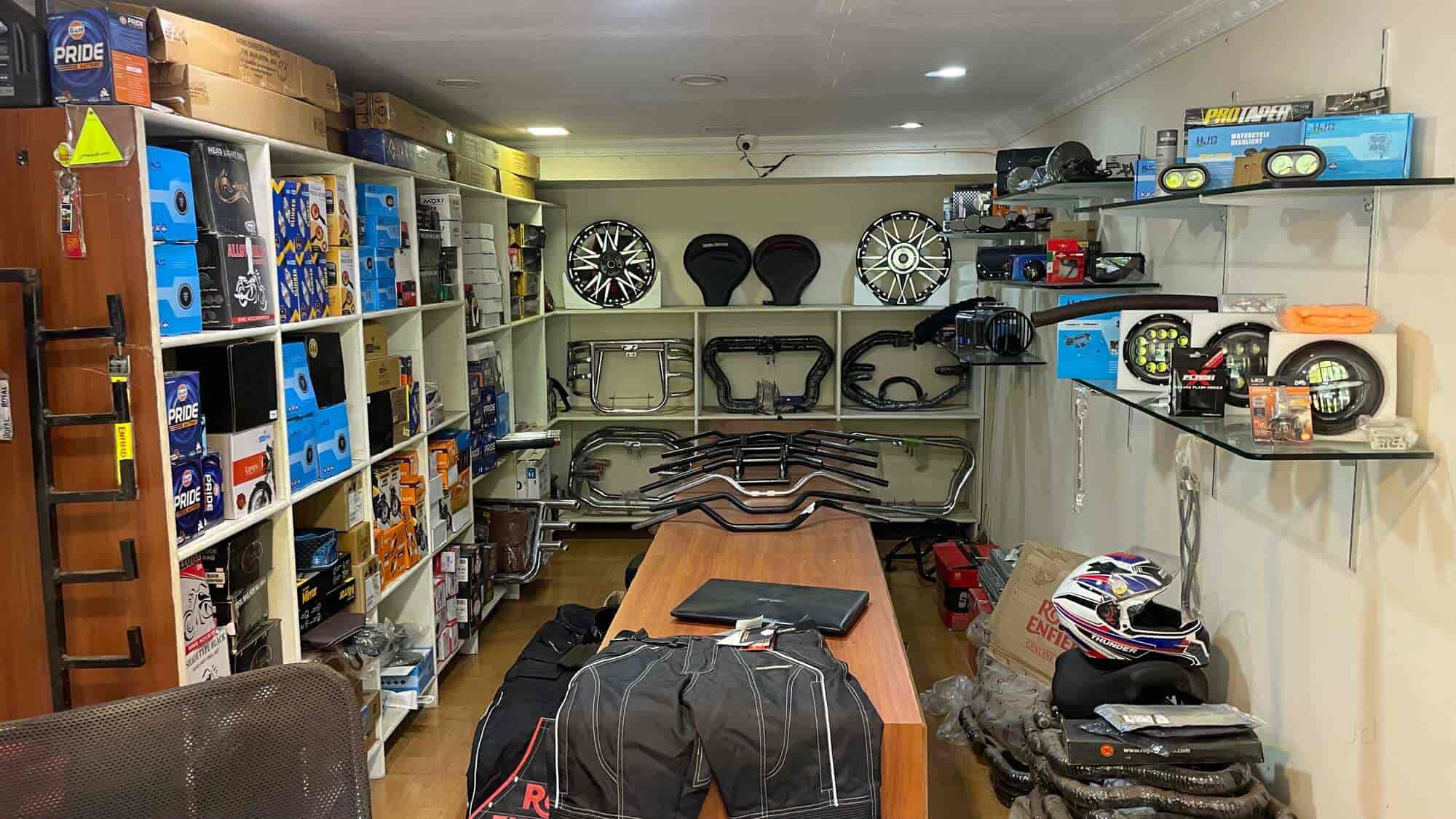Explore the most recent Motocross Gear NZ for every single Level of Rider
Explore the most recent Motocross Gear NZ for every single Level of Rider
Blog Article
Mastering Motorbike Gears: Exactly How to Optimize Your Riding Experience
In the world of motorcycling, understanding the art of equipment manipulation is critical for enhancing your riding performance. Effectively using and understanding motorcycle gears can considerably influence fuel, control, and velocity efficiency, changing an ordinary adventure into a seamless, exciting trip. By incorporating precise change timing and adapting gear choice to numerous roadway conditions, riders can make certain optimum engine performance and security. The nuances of clutch control, throttle coordination, and equipment auto mechanics beckon a deeper exploration, promising to unlock the full capacity of your device. Exactly how can these methods be harnessed to genuinely optimize your riding experience?
Understanding Equipment Mechanics
Just how do the ins and outs of gear auto mechanics influence bike performance? At the core of motorcycle characteristics, gear technicians play a critical function in converting engine power into movement, ultimately determining rate and control. Gears, carefully crafted elements, permit motorcyclists to maximize torque and rate, making certain a smooth shift via various surfaces and speeds. The equipment proportions, very carefully created, establish the relationship between engine revolutions and wheel turns, affecting acceleration and fuel effectiveness.
Comprehending gear mechanics starts with recognizing the importance of the gearbox, which houses numerous equipments of varying dimensions. These gears communicate through a procedure called meshing, where teeth of various gears engage to transfer power. The precision of this communication is important; any misalignment or damages can cause inefficient power transfer, impeding efficiency. Furthermore, the arrangement and size of equipments affect the motorcycle's capacity to handle different lots and speeds.
Furthermore, the idea of gear shifting is integral to making best use of performance. Prompt and smooth changes guarantee that the engine operates within its optimum power band, protecting against unnecessary strain and improving longevity (motocross parts nz). By understanding these mechanical complexities, cyclists can accomplish an unified mix of effectiveness, control, and power, raising their riding experience
Timing Your Shifts
Change timing proficiency is vital for maximizing bike efficiency and enhancing the riding experience. Appropriately timed changes ensure that the engine operates within its ideal power band, which is critical for maintaining control, attaining smooth acceleration, and ensuring the long life of the motorcycle. Bikers have to establish an intuitive feeling of when to shift gears, which involves comprehending the connection in between engine changes per minute (RPM) and speed.
To understand shift timing, pay very close attention to the engine's sound and feel, as these provide important ideas about when to transform gears. When the engine comes close to the top array of its power band without getting to the redline, the suitable change point generally takes place - motox parts nz. Shifting as well early can lead to an absence of power, while moving far too late might trigger unneeded engine strain
Furthermore, roadway problems and riding style impact change timing. In contrast, during highway riding, fewer shifts at greater speeds can be a lot more ideal.
Enhancing Fuel Effectiveness
While grasping motorcycle gears is essential for performance, enhancing fuel performance is equally vital for both environmental and economic factors. Optimal fuel intake not only lowers operational prices however also decreases the environmental impact of riding. To achieve this, one need to understand the complex connection between equipment selection and engine performance.
Riding in a greater gear at lower rates can lead to engine lugging, which is browse around this web-site harmful to both gas economy and engine health. Conversely, riding in reduced gears at high rates results in unneeded fuel usage.
Additionally, normal upkeep plays an essential role in fuel efficiency. Ensuring that the motorcycle is well-tuned, with tidy air filters and correctly blew up tires, can lower and improve the rules of aerodynamics gas wastage. Additionally, embracing a riding design that embraces gradual acceleration and smooth deceleration can add to far better gas economy.

Strategies for Smooth Transitions
Achieving smooth gear transitions is essential to boosting the riding experience and making certain the durability of a bike's transmission system. Correct gear changing not just adds to a smooth trip but also lessens wear and tear on the mechanical parts. To grasp the art of smooth changes, bikers must concentrate on a couple of vital techniques.

Second of all, clutch control plays a crucial duty. Involving and disengaging the clutch efficiently requires method. The clutch bar ought to be launched progressively, permitting a seamless transfer of power from the engine to the wheels without causing a jolt or abrupt activity.

Adjusting to Roadway Problems
Browsing varied road problems is a vital ability for any type of motorcyclist intending to keep control and safety. Whether you're riding on wet surfaces, gravel roadways, or navigating sharp turns, your ability to adapt your equipment usage and riding strategy is vital. Recognizing exactly how to readjust your gears appropriately can dramatically affect traction and security, guaranteeing a much safer journey.
In contrast, when riding on crushed rock or irregular terrain, reduced gears are preferable. Reduced equipments supply better control and permit you to retro open face helmet react even more promptly to unexpected changes in the road surface area.
Sharp curves require accurate equipment management to balance speed and control. Downshifting prior to entering a curve can assist keep momentum while guaranteeing the motorcycle remains secure throughout the turn. Regular practice in varied problems boosts your ability to anticipate and react to modifications in road texture and slope.
Final Thought
Mastering bike equipments dramatically boosts the riding experience by enhancing velocity, control, and gas efficiency. A thorough understanding of gear mechanics and precise change timing guarantees the engine operates within its optimal power band, while smooth transitions with efficient clutch and throttle control increase comfort and efficiency. Adjusting gear option to numerous roadway conditions, such as making use of greater gears on wet surface areas and lower gears on gravel, further enhances handling and security. Ultimately, these abilities boost the overall journey.
Recognizing gear mechanics starts with identifying the importance of the gearbox, which houses numerous gears of varying sizes. These equipments communicate with a process understood as meshing, where teeth of different equipments involve to transfer power (motorbike shop). Mild changes to the throttle during gear shifts can you can look here avoid jerky activities and maintain a constant riding rate
Whether you're riding on wet surfaces, gravel roadways, or navigating sharp turns, your capacity to adjust your gear use and riding technique is critical. Adapting equipment option to different roadway conditions, such as utilizing greater gears on wet surface areas and lower equipments on gravel, additional improves handling and safety.
Report this page